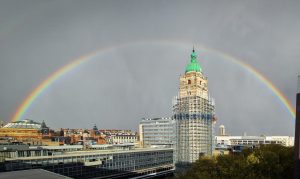
June is Pride Month when the LGBTQ+ communities come together to celebrate the freedom to be their authentic self. During this time, we also recognise the influence LGBTQ+ people have had on history around the world.
Pronoun badges and rainbow lanyards play a valuable role in supporting our community and fostering a more inclusive environment. We are delighted to share we now have new pronoun badges and rainbow lanyards for everyone in the Department of Materials. These were designed with support from our Equality, Diversity, and Culture Committee.
Below, some members of our LGBTQ community and allies share what pronoun badges and rainbow lanyards mean to them.
Darakshan Khan, EDCC Committee Co-Chair
“Our new lanyards and pronoun badges show our commitment to promoting inclusivity and equality in the Department. By wearing them, we can actively show our support for the LGBTQ+ community.”
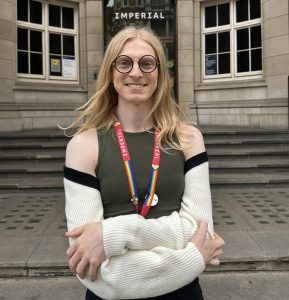
Evan Fisher, Research Postgraduate
“When I see people wearing badges or lanyards, I know that the people around me will be supportive and that I don’t need to worry about being myself. As someone who finds stating preferred pronouns quite difficult or awkward, our new badges are a subtle way to express that aspect of yourself by showing, not telling. Wearing a pronoun badge is important to me because allows those who aren’t as set in their preferred pronouns to feel comfortable in experimenting with different badges. This allows some people the ability to start exploring their gender identity, knowing they are in a judgement-free environment.
The lanyards are a great way to show support for the LGBTQ+ community, and if some people aren’t comfortable with their preferred pronouns yet, then they help convey support. By colour-coding them, with increased familiarity, it should be possible to know someone’s preferred pronouns without reading!
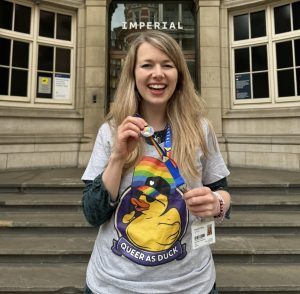
Professor Aron Walsh, Professor of Materials Design
“I wear a rainbow lanyard as a sign of inclusion for our staff and students. It is essential that the LGBTQ+ community feels welcome from the moment they enter our department. Over the years, our rainbow lanyards have stimulated many conversations, from how we can improve and celebrate our department’s diversity.”
Dr Andrew Cairns, Lecturer in Materials Chemistry
“For me, it’s important to recognise and celebrate everyone’s identity; pride and pronouns are just some ways we can do this. Creating a space for individuality at work sends a message that everyone is welcome here and will be respected.”
Dr Shelly Conroy, Lecturer in Functional Thin Films & Microscopy
“Visibility is key to a welcoming environment. I hope our new lanyards and pins help our students and staff feel at home in our department and Imperial community.”
Dr Jessica Wade, Lecturer in Functional Materials
“I wear a lanyard and a pronoun badge to tell the world that Imperial is a safe space, helping to overcome the discrimination LGBTQ+ people face and that we’re committed to building a more inclusive future.”
If you are a staff member or student in the Department of Materials, you can collect a new rainbow lanyard or pronoun badge from Monday 1 July, onwards.
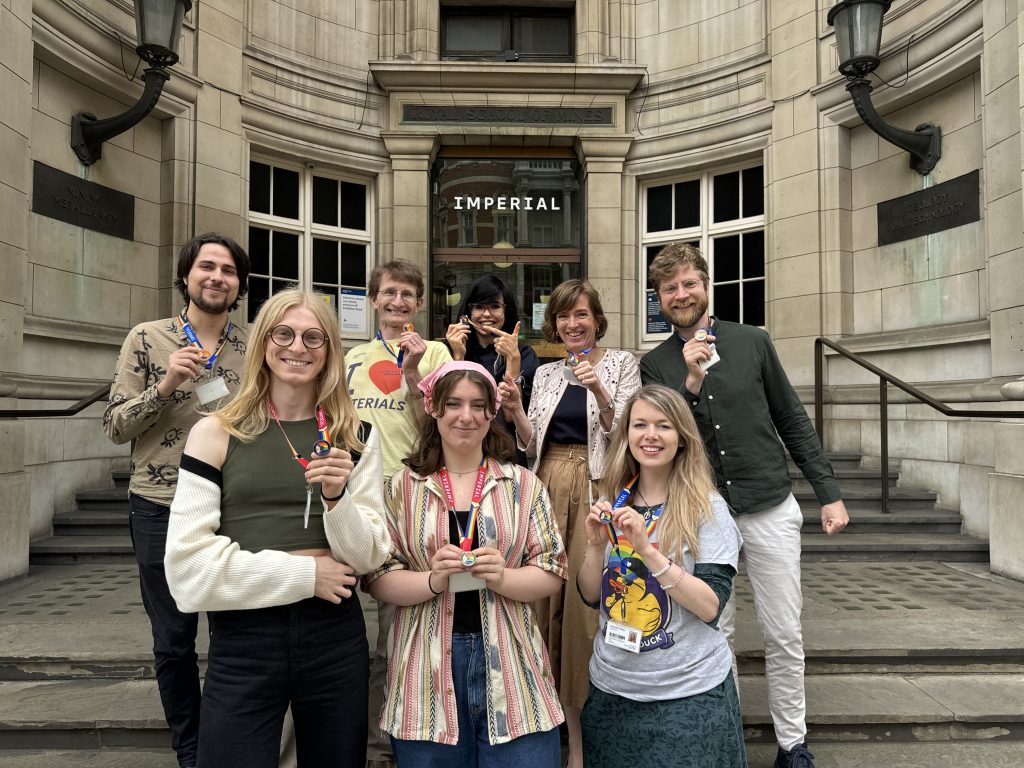

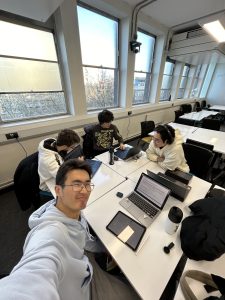 One of the top reasons I enjoy studying Material Science and Engineering at Imperial is the mix of coursework and exams within the degree program. I’m currently going strong in my second year (I hope!) and I have already completed over ten labs, where I’ve conducted interesting experiments like polymer synthesis and cooling curve measurement.
One of the top reasons I enjoy studying Material Science and Engineering at Imperial is the mix of coursework and exams within the degree program. I’m currently going strong in my second year (I hope!) and I have already completed over ten labs, where I’ve conducted interesting experiments like polymer synthesis and cooling curve measurement.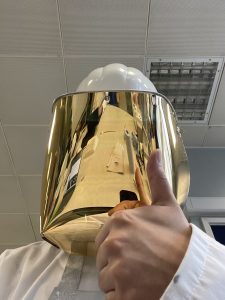 It is always exciting when what you learn connects with the real world. During my summer internship at SKF Sweden, I saw and applied many skills from my first year. The sample preparation skills I learned came in handy when I cut, ground, and polished various bearing samples. My understanding of steel phase diagrams also allowed me to hold insightful conversations with the company’s heat treatment expert. Now in my second year, many things that I didn’t understand before are becoming clearer and clearer.
It is always exciting when what you learn connects with the real world. During my summer internship at SKF Sweden, I saw and applied many skills from my first year. The sample preparation skills I learned came in handy when I cut, ground, and polished various bearing samples. My understanding of steel phase diagrams also allowed me to hold insightful conversations with the company’s heat treatment expert. Now in my second year, many things that I didn’t understand before are becoming clearer and clearer. 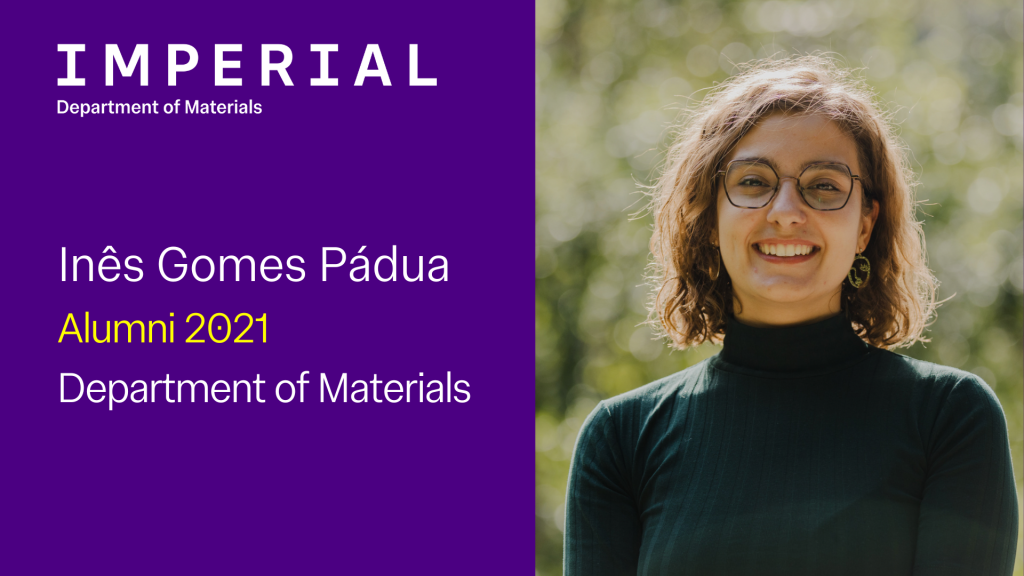
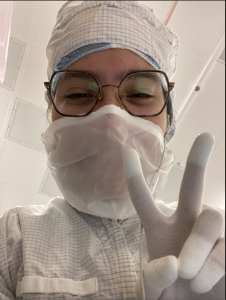 I first became interested in Materials Science and Engineering because I wanted to understand what makes certain things more fragile than others or more susceptible to breaking and failure! This is only the smallest part of Materials Science and Engineering, as I would discover during my time at Imperial.
I first became interested in Materials Science and Engineering because I wanted to understand what makes certain things more fragile than others or more susceptible to breaking and failure! This is only the smallest part of Materials Science and Engineering, as I would discover during my time at Imperial.